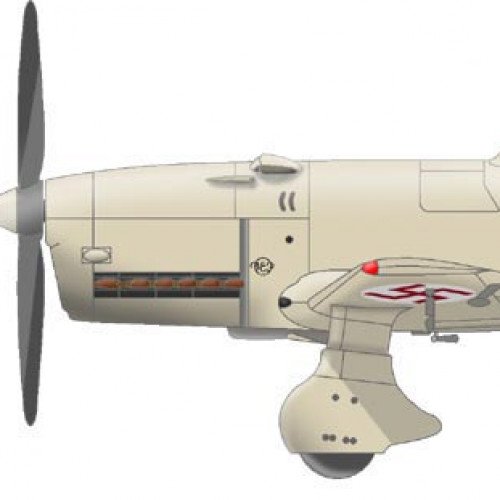VEF I-16 vs VFW VAK 191B

VEF I-16
The I-16 was of conventional monoplane layout with a Walter Sagitta supercharged air-cooled V12 engine of Czechoslovak origin, a two-bladed propeller and a low set wing with rounded wingtips. The prototype had fixed undercarriage with aerodynamic fairings, but production models were to have retractable landing gear. The cockpit seat and controls were designed as one unit - they could be assembled totally separately from the rest of the aircraft and then installed as a unit with only six bolts. While the prototype was unarmed, there were provisions for two machine guns in the fuselage, along with the ability to carry one additional gun under each wing.
Statistics for this Xoptio

VFW VAK 191B
The VFW VAK 191B was an experimental German vertical take-off and landing (VTOL) strike fighter of the early 1970s. VAK was the abbreviation for Vertikalstartendes Aufklärungs- und Kampfflugzeug (Vertical Take-off Reconnaissance and Strike Aircraft). Designed and built by the Vereinigte Flugtechnische Werke (VFW), it was developed with the purpose of eventually serving as a replacement for the Italian Fiat G.91 then in service with the German Air Force. Operationally, it was intended to have been armed with nuclear weapons as a deterrent against aggression from the Soviet Union and, in the event of a major war breaking out, to survive the first wave of attacks by deploying to dispersed locations, rather than conventional airfields, and to retaliate against targets behind enemy lines.